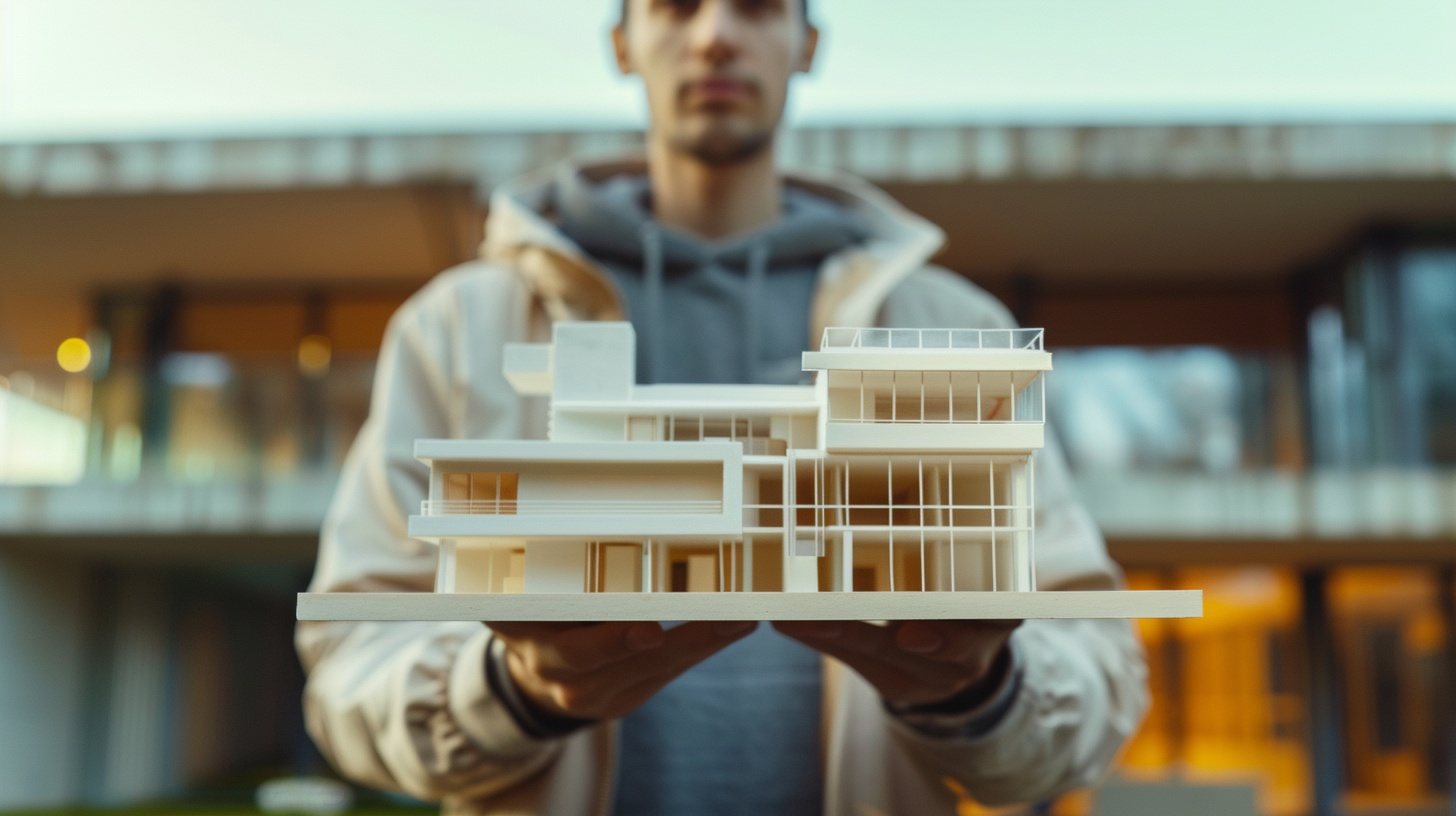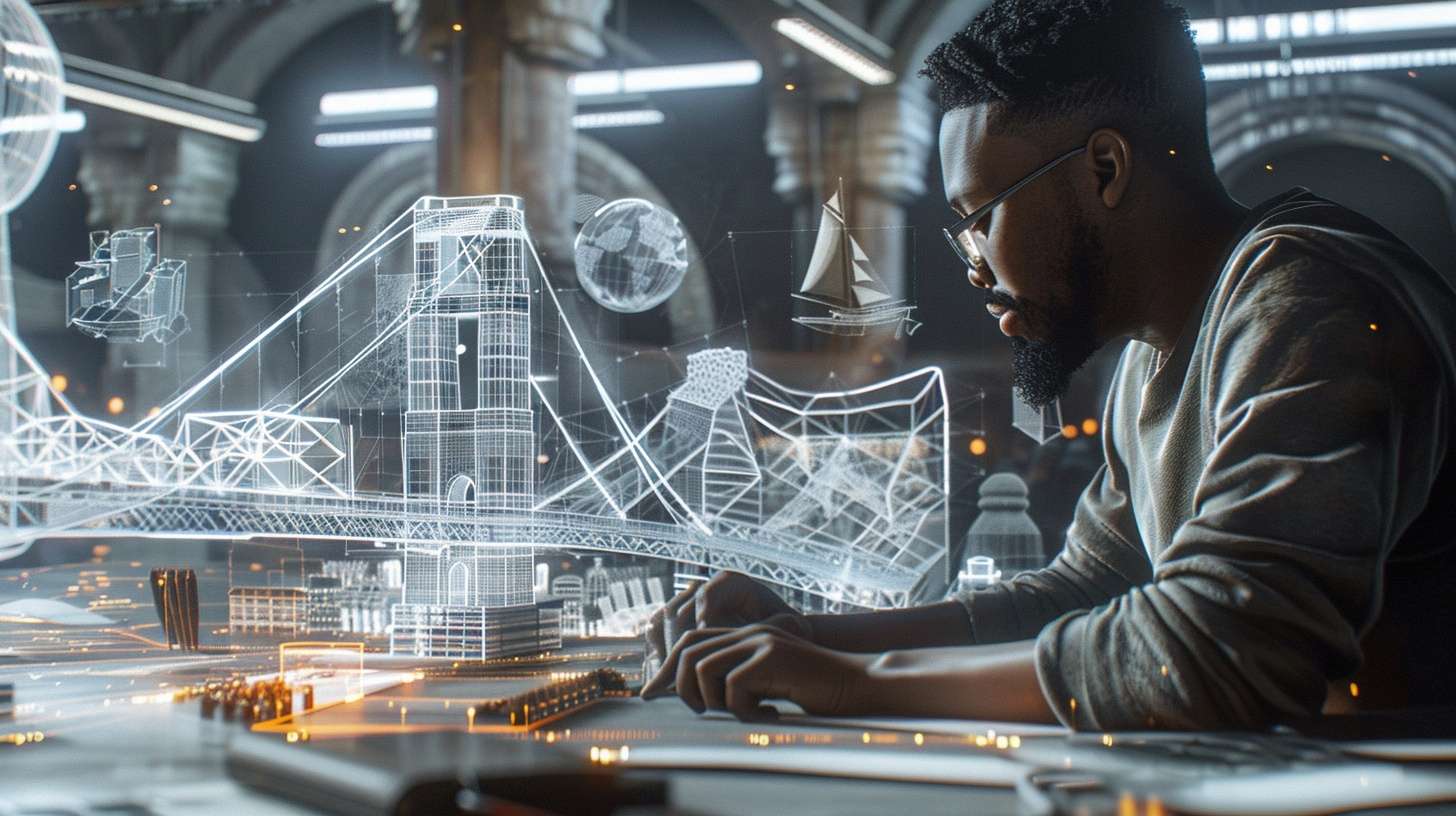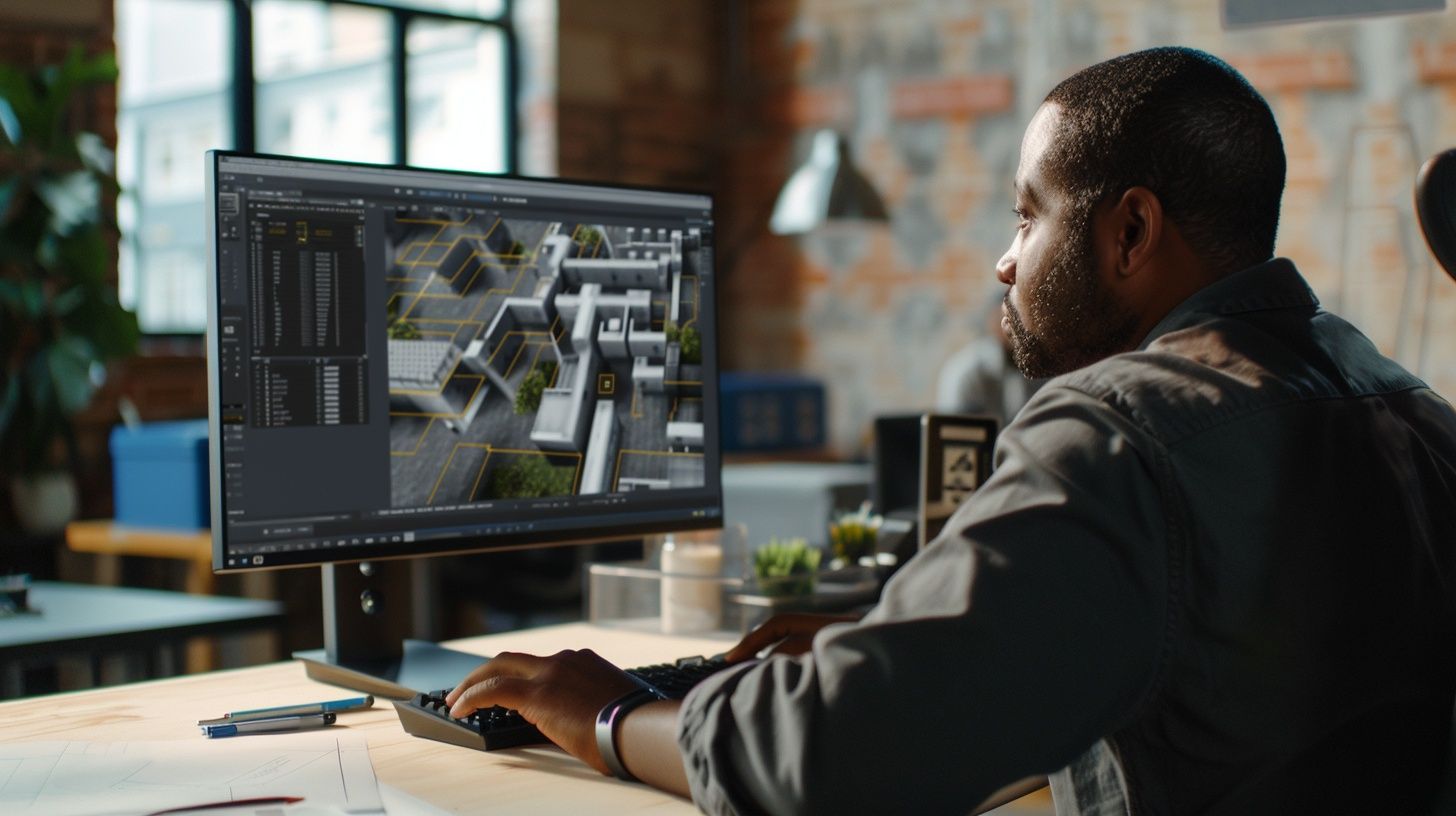
Strategies for Architects in Designing Disaster-Resilient Structures

When it comes to architectural design, disaster-resilient structures isn’t just a buzzword; it’s a fundamental aspect that can save lives and mitigate property damage in the face of natural disasters. Imagine a building that can withstand earthquakes, hurricanes, floods, and wildfires without crumbling like a house of cards. That’s the goal of designing for disaster resilience.
As architects with years of experience in designing resilient structures, we’ve seen firsthand the importance of incorporating the principles into architectural design. Resilient architecture isn’t just about building stronger buildings; it’s about creating spaces that can adapt and thrive in the face of adversity.
Principles of Designing Resilient Architecture
But how do architects achieve this? It starts with understanding the principles of resilient design. Resilience isn’t just about building sturdy structures; it’s about creating systems that can adapt to changing conditions and bounce back from adversity. In the realm of architecture, this means considering factors like site selection, building materials, and community planning to ensure that buildings can withstand a variety of potential hazards.
Diversity
One key principle of resilient architecture is diversity. Just as biodiversity strengthens ecosystems, diversity in building materials and design strategies can enhance a structure’s ability to withstand disasters. For example, in earthquake-prone areas, architects might opt for flexible materials that can bend and sway with the tremors, while in hurricane zones, wind-resistant designs and reinforced concrete can help buildings weather the storm.
Redundancy
Another essential aspect is redundancy. In resilient architecture, redundancy means building in backup systems and fail-safes to ensure that essential functions can continue even if one component fails. For example, incorporating backup power generators and redundant HVAC systems can help buildings maintain functionality during power outages or extreme weather events.
Flexibility
Flexibility is also crucial. Buildings designed with flexibility in mind can adapt to changing conditions and accommodate evolving needs. This might mean designing spaces that can easily be repurposed for different uses or incorporating modular construction techniques that allow for easy expansion or modification.
Durability
Lastly, durability is a cornerstone of resilient architecture. Using durable materials and construction techniques can help buildings withstand the test of time and remain standing even in the face of extreme weather events or other disasters.
Strategies for Designing Disaster Resilient Architecture
Now that we have a foundational understanding of what resilience means in architectural design, let’s explore some specific strategies that architects can employ to create disaster-resilient buildings and communities.
Building Materials and Construction Techniques
One of the first considerations in designing for disaster resilience is the choice of building materials and construction techniques. In earthquake-prone areas, architects may opt for flexible materials like steel or reinforced concrete that can withstand seismic activity. In regions prone to hurricanes or typhoons, wind-resistant designs and impact-resistant glass can help mitigate damage.
Site Selection and Elevation
The location and elevation of a building can significantly impact its resilience to natural disasters. Elevating structures above flood levels and selecting sites away from hazard-prone areas can help minimize risk. Additionally, incorporating green infrastructure, such as permeable surfaces and green roofs, can help mitigate the impact of heavy rainfall and reduce the risk of flooding.
Multi-Hazard Approach
Natural disasters often occur in combination, so architects must consider multiple hazards when designing resilient structures. A multi-hazard approach involves integrating features that address various risks, such as designing buildings to withstand earthquakes, floods, and wildfires simultaneously.
Community Planning and Resilience
Building resilience isn’t just about individual structures; it’s about creating cohesive and interconnected communities that can withstand and recover from disasters. Architects can play a crucial role in urban planning and design by creating resilient infrastructure, incorporating green spaces, and promoting community engagement and preparedness.
Innovative Technologies
Advancements in technology offer new opportunities for designing resilient architecture. From smart building systems that can detect and respond to hazards in real-time to sustainable materials that reduce environmental impact, architects can leverage innovative technologies to enhance the resilience of their designs.
As architects, we have a responsibility to not only create beautiful and functional spaces but also to prioritize the safety and well-being of the people who inhabit them. By incorporating these strategies into our designs, we can help create a more resilient built environment that can withstand the forces of nature and protect lives and livelihoods.
Partnering with Designs Boss for Disaster-Resilient Architecture
Now that we’ve discussed the importance of designing for disaster resilience and explored strategies for creating resilient architecture, you may be wondering how to turn these concepts into reality for your next project. That’s where we comes in.
At Designs Boss, we specialize in architectural design that prioritizes resilience, sustainability, and innovation. With years of experience and a deep understanding of the principles of designing resilient structures, our team of architects is equipped to tackle even the most challenging projects.
Talk To Us!!
When you partner with Designs Boss, you’re not just getting a design firm; you’re getting a dedicated team of professionals who are committed to helping you create buildings and communities that can withstand the test of time. From site selection and building materials to community planning and innovative technologies, we’ll work closely with you every step of the way to ensure that your project is resilient, sustainable, and tailored to your unique needs.
So if you’re ready to take the next step in your architectural planning journey, contact Design Boss today. Let us show you how our expertise, creativity, and passion for design can help you create buildings and communities that are not only beautiful and functional but also resilient in the face of whatever challenges the future may bring.
Latest

What Makes a Good Architectural University

What Are The Most Beautiful Bridges Ever Designed

